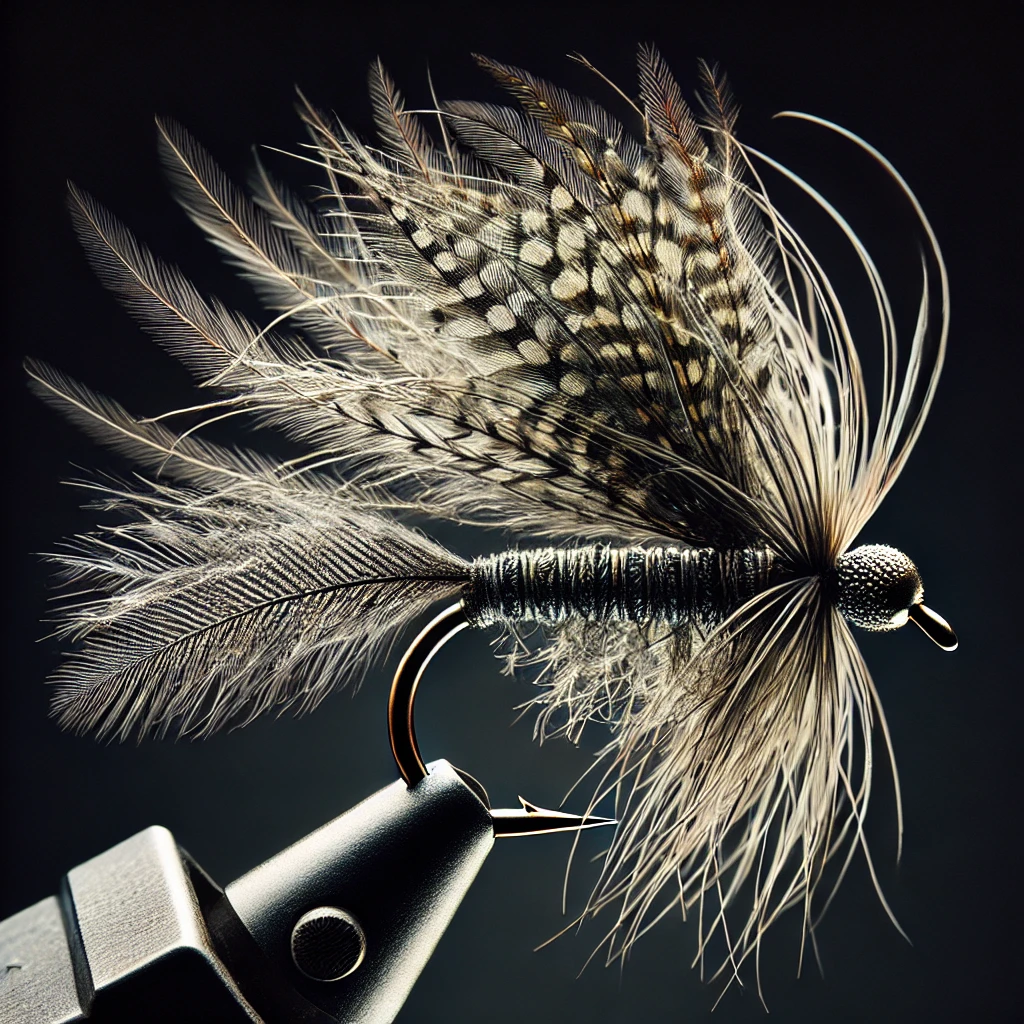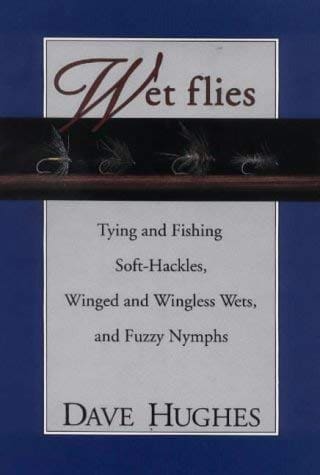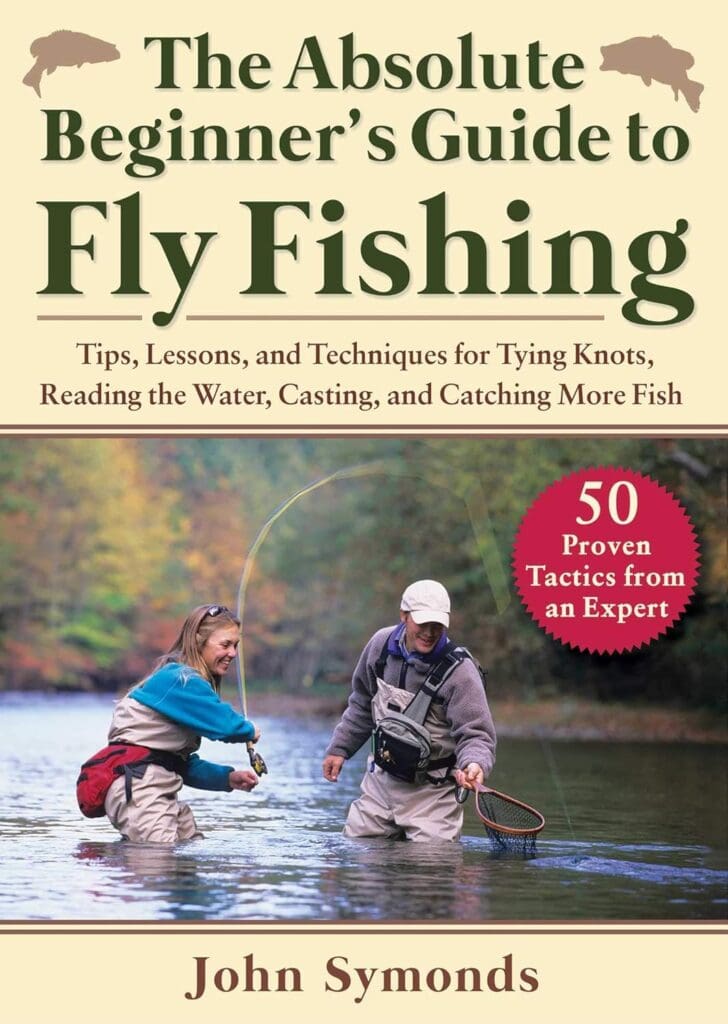Imagine turning a simple river trip into an unforgettable adventure. Fly fishing with a wet fly can do just that!
For river enthusiasts, mastering wet fly fishing unlocks new levels of excitement and achievement.
This guide dives into this world, teaching you everything from what they are to how to use them effectively.
Get ready to make your next river adventure truly fruitful!
Definition
A wet fly is a particular fake fly; it sinks, unlike flies that float on the water.
It’s designed to look like bugs and worms, foods fish eat underwater.
Expanded Explanation of Wet Flies
These flies mimic the underwater stages of prey that fish love to eat.
They look like insects in their early stages, like nymphs or tiny fish.
Wet flies trick fish into thinking they’re a tasty snack by looking and acting like real food.
This makes them perfect for catching fish not feeding on the surface.
They are a must-have in any fly fisher’s toolbox because they can be used in many different water conditions.
Thus, you will have more chances to catch fish!

Different Types of Wet Flies
There are many types of wet flies, like the underwater creatures they copy. Here are a few key types:
- Nymphs: These look like young insects and are great for catching fish that eat bugs underwater.
- Streamers: These look bigger prey like minnows and are perfect for catching larger fish.
- Soft Hackles: These have soft feathers and look like insects emerging from the water, a tasty treat for fish!
Importance
Wet flies are essential because they copy what fish naturally eat underwater.
They can catch fish that wouldn’t be interested in flies floating on top.
Since they work in different water conditions, they make your fly fishing toolbox more versatile.
This means you can fish in more places and catch more fish!
Context and Usage of Wet Flies
Wet flies shine in fast currents and when insects are hatching underwater.
They’re perfect for imitating food fish eat below the surface, giving you an advantage when fish aren’t feeding on top.
Anglers use a wet fly in deeper water or when insects change from nymphs to adult insects underwater.
To use a wet fly, cast it upstream, let it sink to the proper depth, and then let it drift naturally downstream with the current.
This mimics how real food moves underwater, making it more likely to attract fish.
These are adaptable tools designed to meet the dynamic nature of river environments and the diverse dietary preferences of fish.
Practical Examples of Wet Fly Use
Using wet flies effectively takes practice! Here are two popular techniques:
- Swinging Soft Hackles: Cast the fly across the current and let it swing downstream, mimicking an emerging insect.
- Nymphing: Use a weighted wet fly to sink it near the riverbed, imitating a nymph in its natural habitat.
Mastering these techniques will make your wet fly presentations look lifelike, increasing your chances of catching a fish.
Understanding Wet Fly Fishing
Fly fishing with wet flies is both an art and a science. You need to know about the life cycles of underwater insects when these insects hatch, and how to cast and present your flies perfectly.
You must understand how different flies and techniques can trick fish into striking to succeed.
It’s like a puzzle you solve with every cast! Learning about it connects you with nature and helps you appreciate the delicate balance of river ecosystems.
Related Terms with Explanations
- Drift: This is your fly’s natural path as it moves downstream, mimicking how real food moves in the current. A good drift is critical to presenting your fly effectively to fish.
- Hatch: This is when a particular insect emerges from the water in large numbers. Fish are in a feeding frenzy, and this is a great time to use wet flies that look like hatching insects!
Deciphering the Duel: Wet Fly vs. Dry Fly Showdown
Shop Reading Wet Fly Aids
External Resources
- Global FlyFisher (https://globalflyfisher.com) This website is a treasure trove of information about wet flies, including fly patterns, tutorials, and articles for beginners and experts alike.
- MidCurrent (https://midcurrent.com) is a website that offers up-to-date advice, gear reviews, and techniques for fly fishing, including tips on choosing and using wet flies effectively.
Internal Wet Fly Resources
Explore the critical differences between wet and dry flies in our comprehensive guide, “Wet Fly vs Dry Fly | Master With Both Now!“
Learn essential techniques and tips to master using both types of flies, enhancing your fly fishing skills for success in any water condition.
And, dive into fly tying with our beginner-friendly guide, “Fly Tying for Beginners | Unlock Your Potential Today.“
This resource empowers novice anglers with the knowledge and techniques to create effective flies, setting the foundation for a rewarding fly fishing journey.

